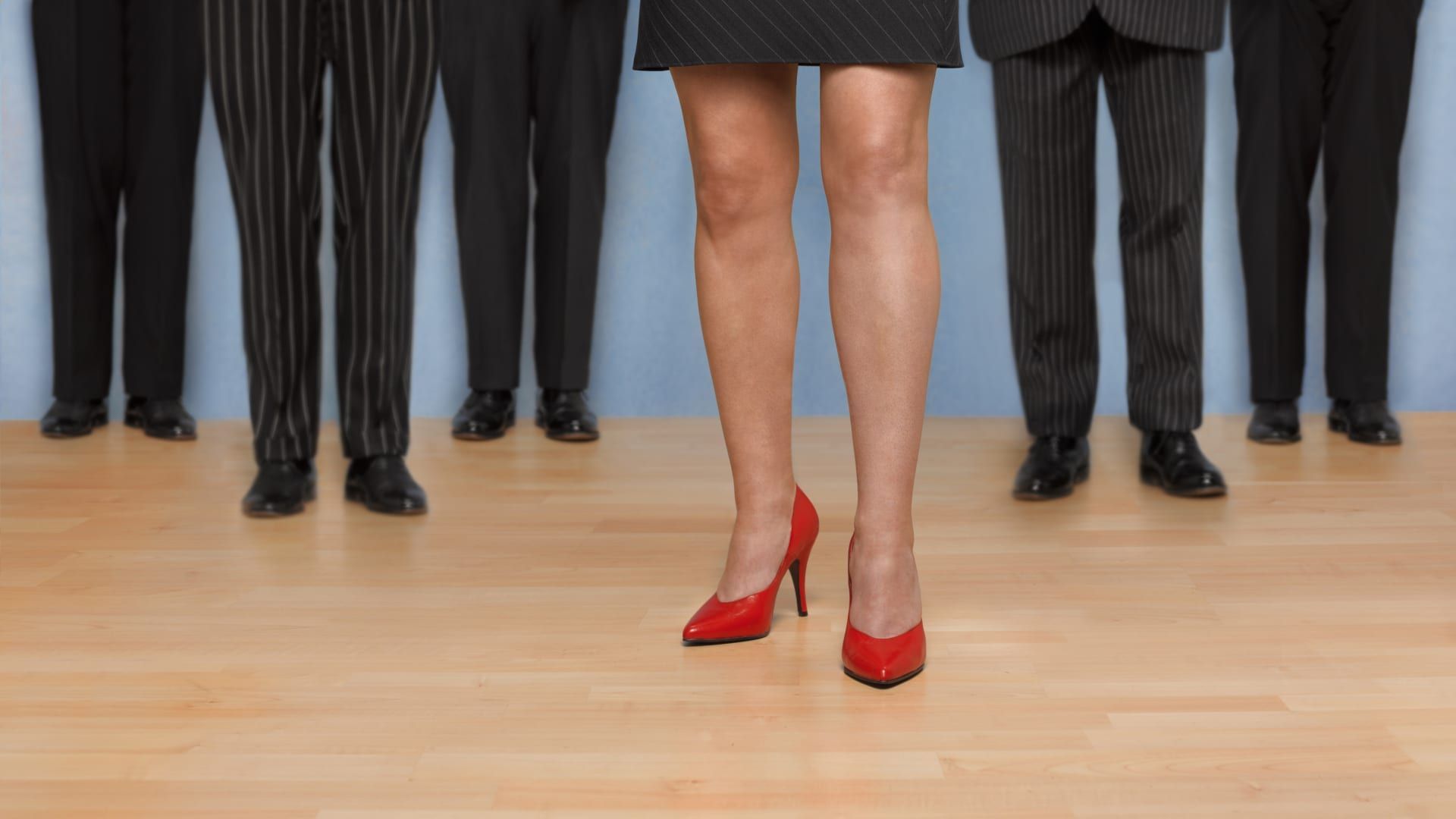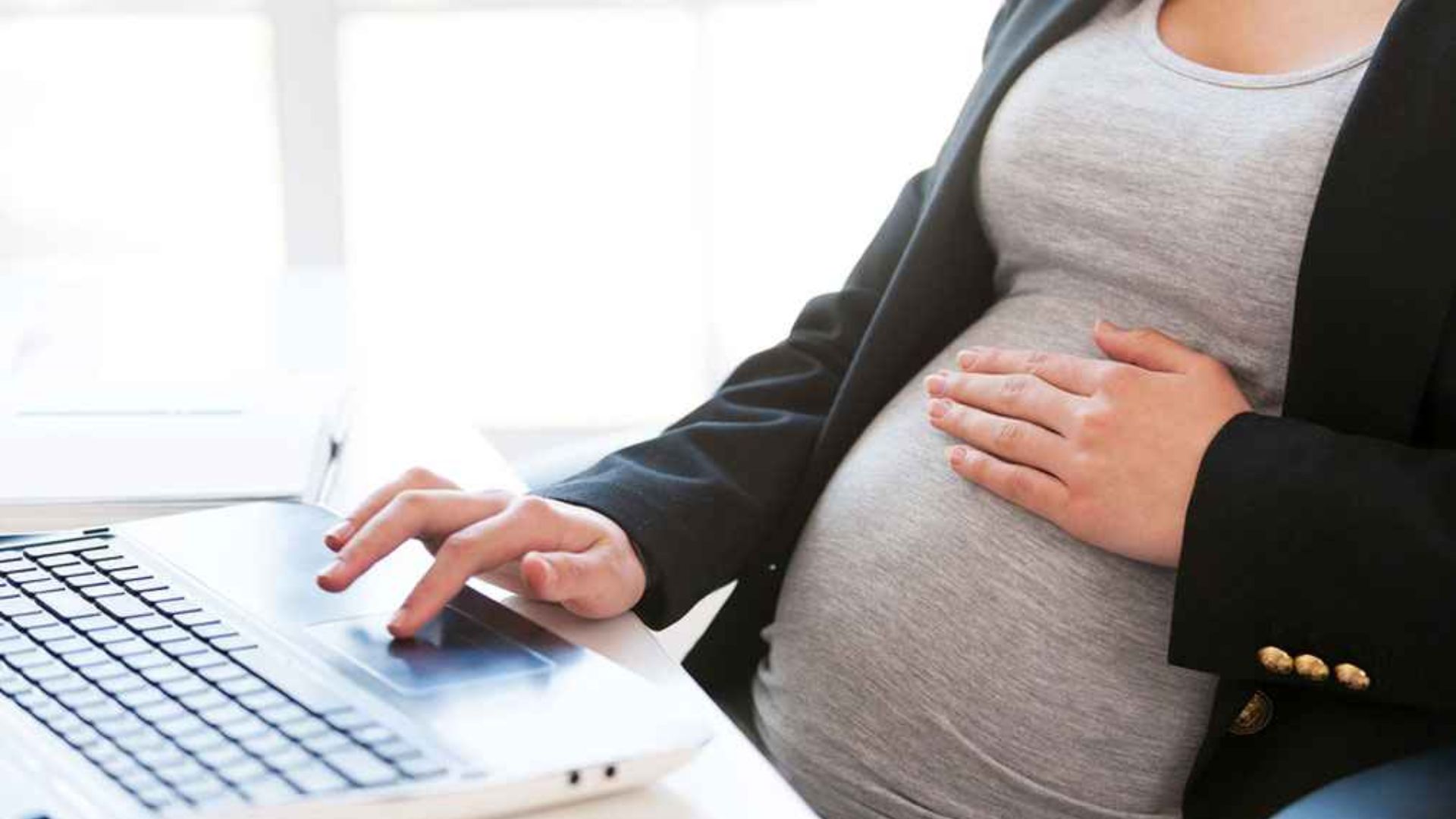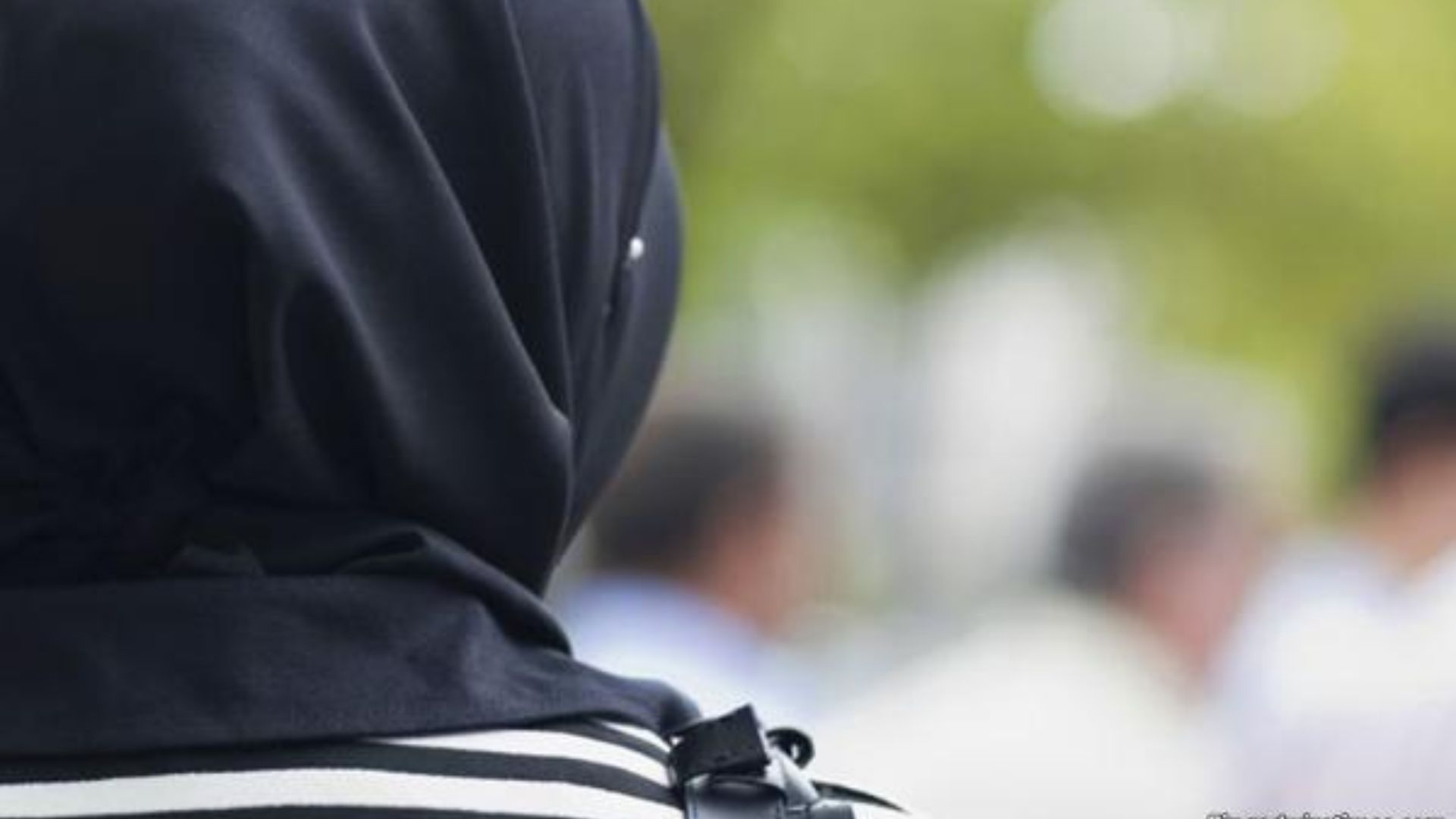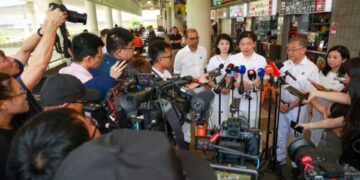When it comes to workplace discrimination, more than 1 in 2 workers (55 per cent) in Singapore face prejudice, inequality and unfairness in their jobs, a new survey by gender equality group AWARE and consumer research company Milieu Insight found.
The survey in August this year polled 1,000 respondents, who mirrored the national representative by age, gender and race, on their experiences of direct discrimination, indirect discrimination and discrimination-related harassment in the last five years.
This study is Singapore’s first comprehensive survey on workplace discrimination, a year after Prime Minister Lee Hsien Loong announced at the 2021 National Day Rally that the country would be enacting anti-discrimination legislation.
And AWARE hopes the findings will contribute to the upcoming law.
Most common bias: Race, age and gender
In total, more than 1 in 2 (55 per cent) of respondents experienced at least one form of discrimination. Among them, certain groups proved more vulnerable to discrimination at work than others.
Almost 4 in 5 (78 per cent) persons with disabilities experienced discrimination, compared to the 1 in 2 able-bodied workers. About 7 in 10 (68 per cent) LGBTQ persons come up against biases, compared to the 3 in 5 (56 per cent) heterosexual persons; and almost 9 in 10 (89 per cent) of those in the minority race faced prejudices compared to those of majority race (44 per cent).
When it comes to women, 58 per cent said they had experienced at least one type of discrimination, compared to 53 per cent of the men.
Chief Operating Officer of Milieu Insight Stephen Tracy told media representatives that during the survey, it was found that many people were found to be affected by different types of discriminations. The top three were existing practices within the organisation, job advertisements that mandated or specified preference for certain characteristics that were not part of the job requirements and in relation to performance, appraisal and promotion. These include receiving a poorer performance appraisal after disclosing pregnancy, disability or health conditions.
The most commonly perceived causes for workplace discrimination were race, which is skewed towards Malays and Indians; age, which respondents over the age of 45 feel they are biased against; and gender.
“It can go both ways because it is not just the older demographics … There is also the younger cohort that reported they were discriminated against based on their age. There were situations where they were discriminated against because they were too young or too junior,” Mr Tracy said.
The third ground was gender based where respondents said they were treated differently because they are women or because of the gender they identified with.

Unfortunately, very few people actually reported being discriminated against. Mr Tracy said less than half actually reported the matter but when they did, they would tell their bosses or senior persons. Only a few would escalate it to the human resource department.
Mistrust of authority to act is worrying
Even fewer take it beyond their organisations and report the cases to government-related agencies such as the Tripartite Alliance for Fair and Progressive Employment Practices (TAFEP) and the Tripartite Alliance for Dispute Management (TADM) because they do not trust the authority to act on the report.
“That is worrying and we don’t want to see something like this, where people find that they can’t report it to HR or higher up because they feel there may be some sort of repercussions to reporting,” Mr Tracy added.
Executive director of AWARE Corinna Lim said the current fair employment guidelines by TAFEP are not adequate as employers “get creative” and find loopholes around it. Instead of merely listing what companies can and cannot do, she said they should define discrimination.

Citing pregnancy discrimination as an example, Ms Lim said the TAFEP guidelines say an employee must be hired for 90 days before she can get paid maternity leave. But one company hired a woman for 88 days and then renewed her contract to get away with not giving her the due protections.
Other examples of workplace prejudice were brought up by victims themselves. Transgender woman Selena (not her real name) said she was told to use the men’s toilet and often asked by colleagues whether she had undergone sex reassignment operation.
Nimera, who also did not use her real name, felt “attacked” as the only Malay-Muslim employee when the company issued a circular to prohibit the wearing of religious headgear as it looks unprofessional instead of speaking to her directly.

“It’s clear that companies cannot be relied upon to tackle discrimination on their own without further incentive and guidance. With the government’s leadership and the establishment of an anti-discrimination law, we look forward to a new era of fairer workplaces in Singapore,” Ms Lim says.
RELATED: Religious Headgear in the Workplace: A Lack of Acceptance or Professionalism?
Join the conversations on TheHomeGround Asia’s Facebook and Instagram, and get the latest updates via Telegram.














